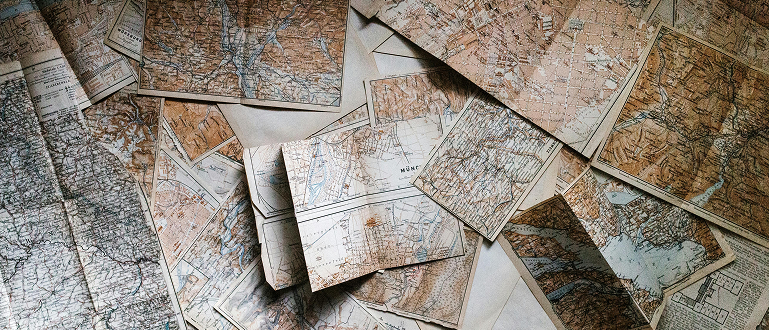
The Evolution of Cartography: From Ancient Maps to Digital Navigation
Cartography, the art and science of mapmaking, has come a long way since humans first attempted to understand and represent their surroundings. From primitive carvings on cave walls to sophisticated digital mapping technologies, the evolution of cartography mirrors our ongoing quest to explore, comprehend, and navigate the world around us.
Early Beginnings: Mapping the Known World
The roots of cartography trace back thousands of years. Some of the earliest known maps date to around 2300 BCE, found in Babylonia, etched into clay tablets. These primitive representations were more symbolic than geographic, often focusing on spiritual or political centers like cities or religious sites.
In ancient Egypt and Greece, maps began to incorporate more accurate features. The Greek scholar Anaximander, often considered the first mapmaker, created a map of the known world in the 6th century BCE. Later, Ptolemy’s work in the 2nd century CE laid the foundations for modern mapmaking, with his Geography outlining how to use a coordinate system to represent curved earth on a flat surface.
The Age of Exploration: Expansion and Accuracy
Cartography was transformed during the 15th and 16th centuries, driven by the innovations of the Renaissance and the expanding horizons of the Age of Exploration.. As European explorers traveled to uncharted territories, they brought back new information that reshaped the world’s understanding of geography. This period saw the development of the Mercator projection—a map style that preserved angles and directions, ideal for sea travel.
Mapmakers like Gerardus Mercator and Abraham Ortelius contributed to significant advancements. Cartographers began using mathematical principles and more sophisticated surveying tools, leading to more accurate depictions of coastlines and landmasses.
Industrial Age: Precision Through Technology
By the 18th and 19th centuries, the growth of empires and advancements in science demanded even more precise mapping. The use of triangulation and other surveying methods enabled governments and military forces to create highly detailed topographical maps.
The invention of printing technologies allowed for wider distribution of maps, making them an essential tool in education, planning, and governance. Thematically, maps diversified, showing not only geography but also population data, political boundaries, and transportation routes.
The Digital Revolution: Mapping Without Borders
The 20th and 21st centuries ushered in an era of digital cartography. Satellite imaging, Global Positioning Systems (GPS), and Geographic Information Systems (GIS) transformed how we gather and interpret spatial data. Today, maps are dynamic, interactive, and constantly updated, thanks to platforms like Google Maps, OpenStreetMap, and mobile GPS apps.
Digital maps now go beyond geography. They visualize data related to climate change, traffic flow, resource distribution, and more. The accessibility of mapping technologies means that almost anyone can create a map tailored to specific needs—from hikers planning routes to urban planners managing city infrastructure.
Conclusion
The journey of cartography reflects humanity’s desire to make sense of the unknown. From ancient celestial charts to real-time GPS tracking, maps have shaped exploration, science, civilization, and daily life. As we move forward, the role of cartography will only become more integral—connecting us not just to places, but to information and insights about the world we live in.
